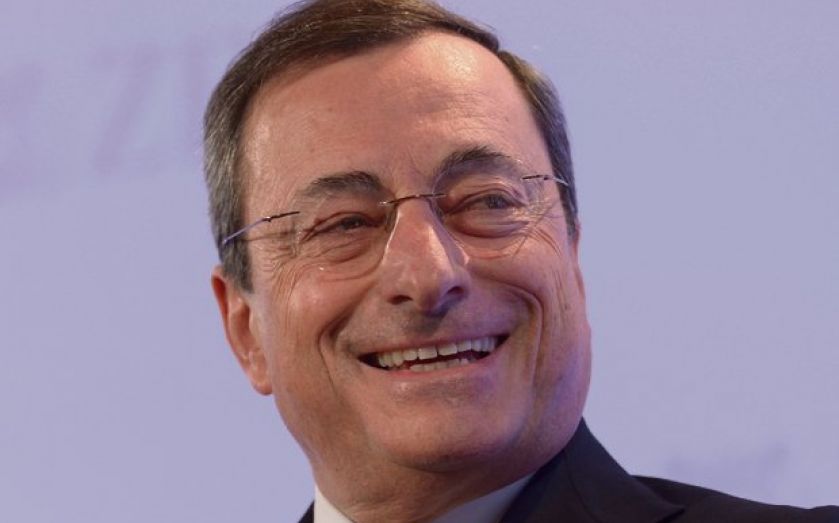As the ECB unveils rate cuts and asset purchase plans, can it save the Eurozone from disaster?

Chris Williamson, chief economist at Markit, says Yes.
Yesterday’s announcement by the European Central Bank (ECB) – that it’s cutting rates and will buy asset-backed securities and euro-denominated covered bonds from October – will help avoid disaster, but huge risks remain.
The rate cuts will only have a marginal impact, and little is known about how many assets the ECB will be able to buy, or the impact this will have.
However, there are three more important effects.
First, the further weakening of the euro resulting from policy loosening will provide a boost to exporters’ competitiveness.
Second, a more determined and aggressive approach from the ECB should improve business and consumer confidence, encouraging investment and spending.
Third, the action will provide the ECB with scope to persuade governments that they have room to step-up the pace of economic reforms, as well as to look more seriously at how supportive fiscal policy can be used alongside monetary policy and structural reforms.
Nick Beecroft, senior market analyst at Saxo Capital Markets, says No.
The rate cuts will only help at the margin, by reducing the cost of the European Central Bank’s (ECB) Targeted Long-Term Refinancing Operations (TLTROs) by 0.1 per cent.
Mario Draghi’s assertion that the ECB had reached the lower bound will help to ensure banks take up TLTROs quickly, rather than waiting for more rate cuts, but will not be enough to combat the Eurozone’s deep-seated problems.
Draghi himself commented on the inability of monetary policy to achieve the inflation target without structural reforms, and he gave the distinct impression that he was almost out of ammo – or at least out of effective ammo.
I expect full-blown QE by the end of the year, and feel that the ECB will be dragged kicking and screaming into this by one or both of two factors.
First, a stubbornly high euro – the Federal Reserve may be tightening, but the Bank of Japan is very open to increased QE.
Or second, a decline in key market inflation expectations.